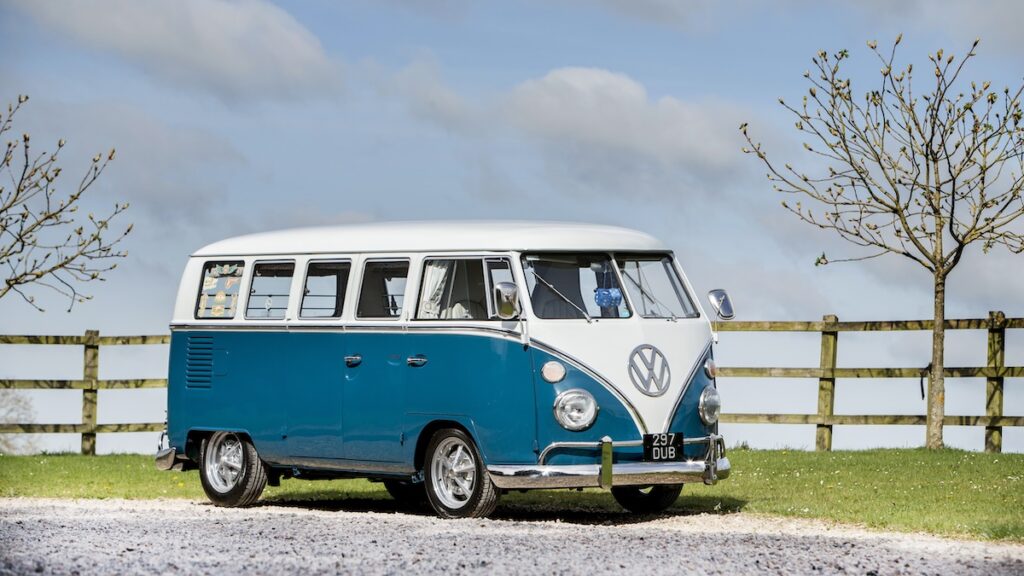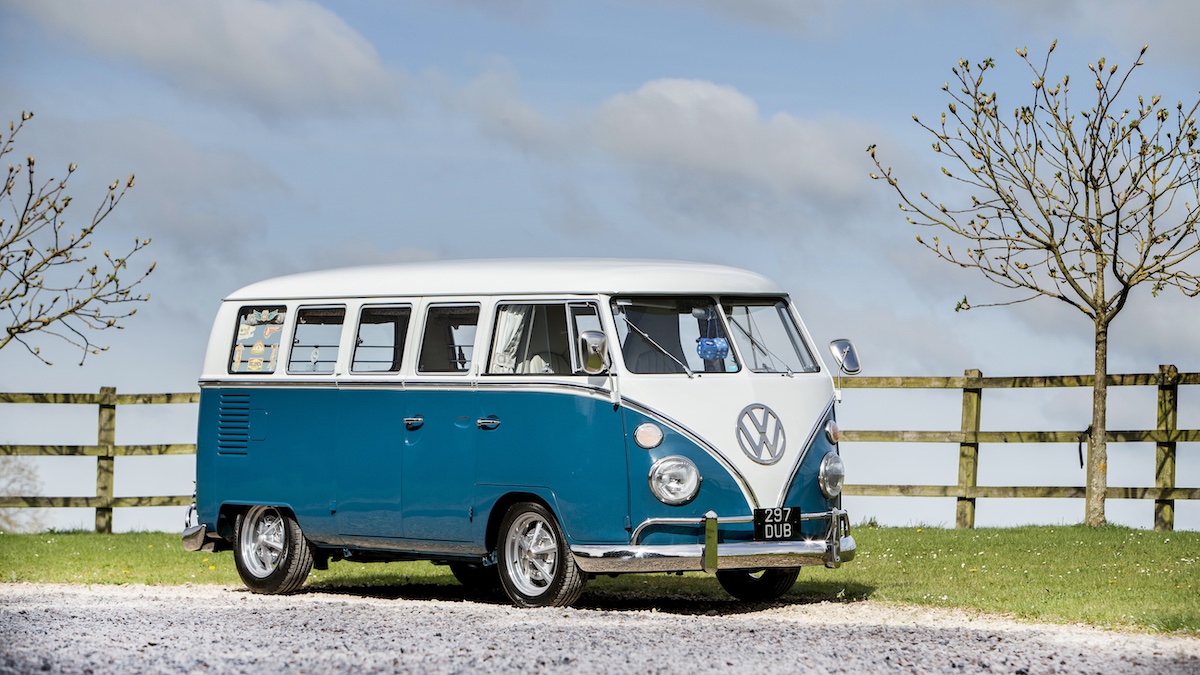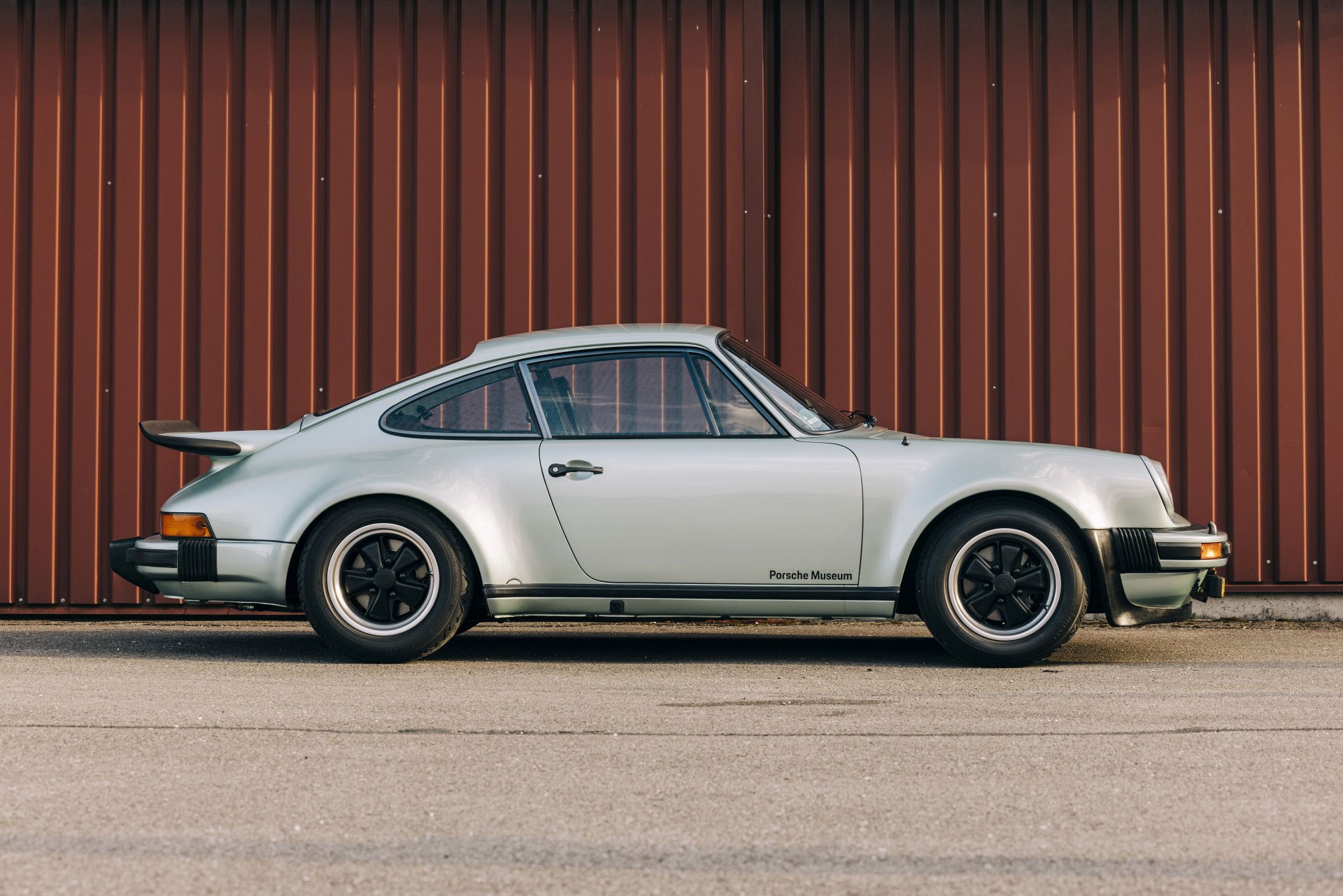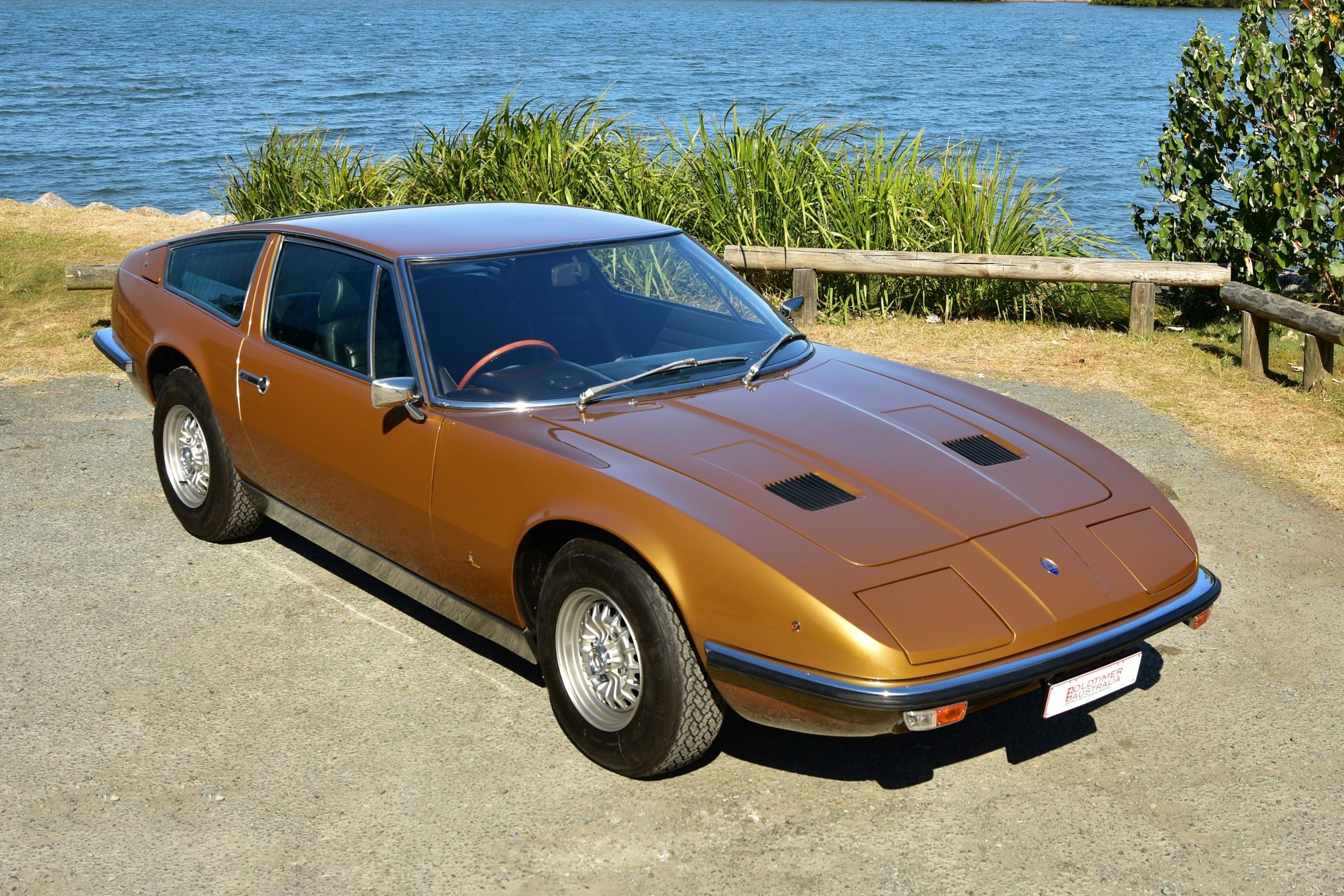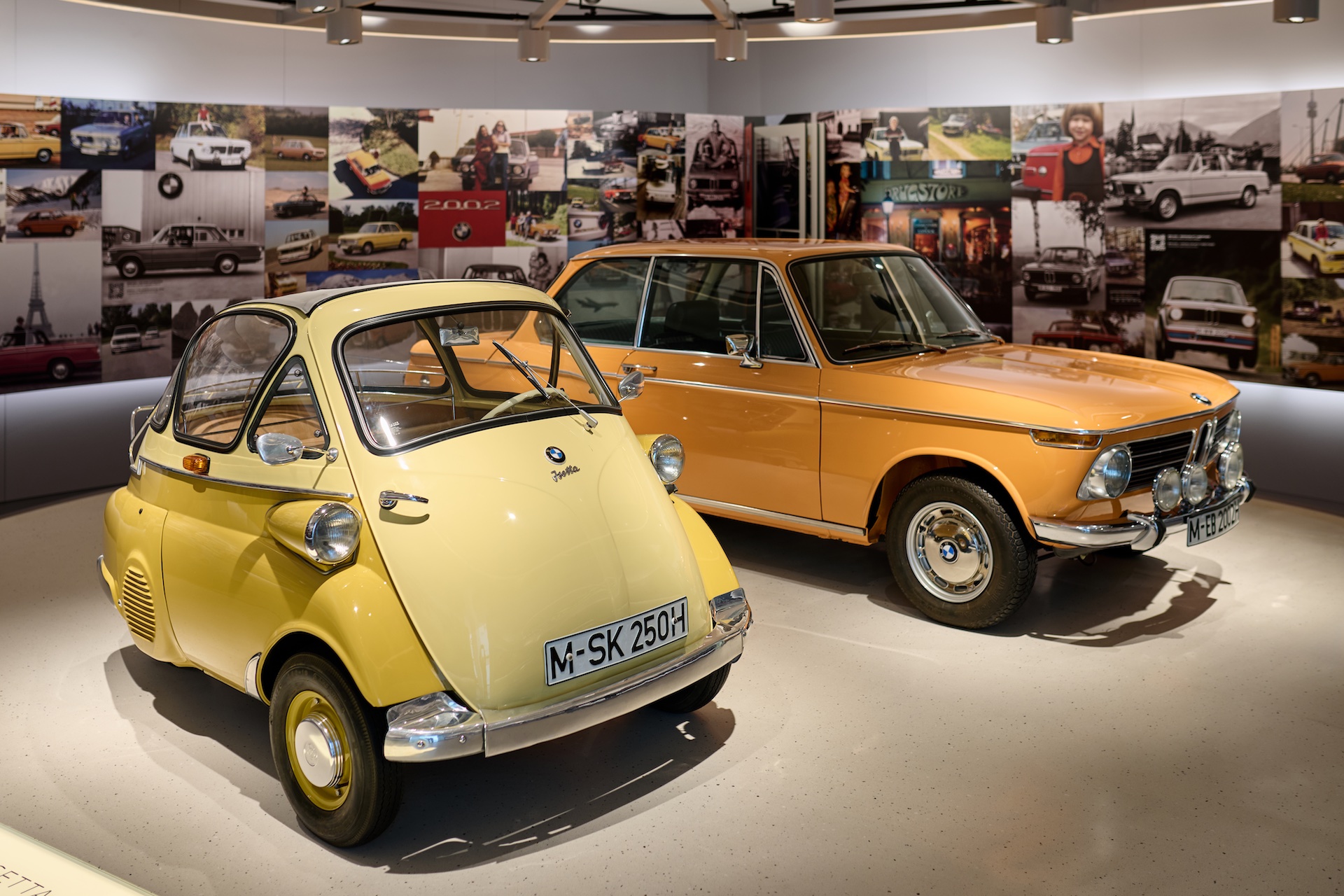The first Volkswagen Transporter can trace its origins to the parts delivery mules that scuttled around Volkswagen’s factory in Wolfsburg.
Volkswagen’s Dutch importer when visiting the factory in 1947 saw these vehicles and before leaving sketched a suggested design for a production version. VW’s engineering team then ran with the idea and developed a versatile load carrier designated ‘Type 2’ (the Beetle was ‘Type 1’) which began appearing on German roads during 1949.
Exports soon followed, with Kombi – a shortened version of the German “Kombinationskraftwagen” or “combination motor vehicle” – derivatives being built in Australia and throughout the world. During an 18-year lifespan, more than 2.6 million of the original-shape Kombi were made, including 725,000 produced for export markets.
Changes during this time were minor but still significant, including the addition of indicators and more durable bumpers, plus an extended roof that formed a peak over the windscreen. The windscreen itself didn’t change – although some were hinged for extra ventilation – and until 1968 retained the central divider. This led to first-generation Type 2s being described as ‘Split Window’ Kombis or ‘Splitties’.
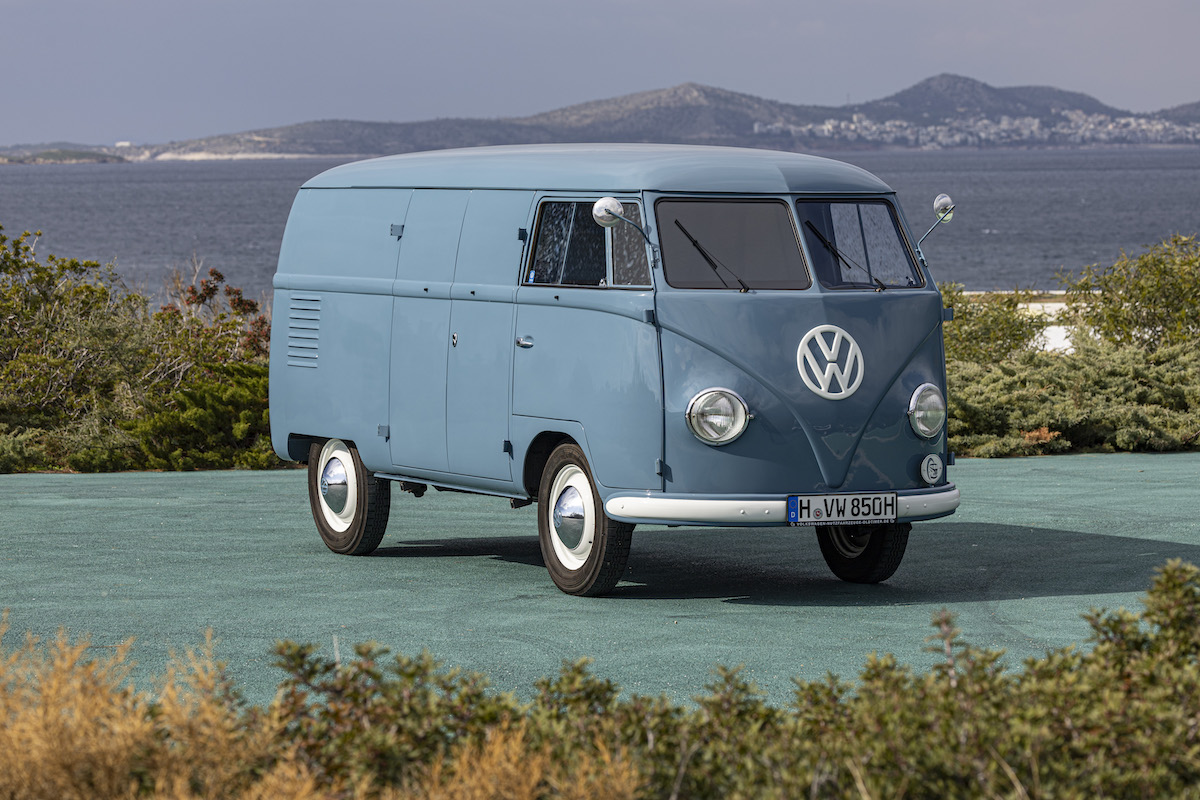
Australia saw its first Type 2 Volkswagens in 1954, with kits of imported parts delivered from Germany to the Clayton South premises of Martin & King where assembly was completed using local upholstery, tyres, paint and some mechanical parts.
Four years later, Volkswagen took over local assembly and the factory and immediately began increasing the levels of local content for its cars and commercial models.
Despite its German origins, the Kombi became popular with local fleet buyers and especially the Postmaster-General’s Department (PMG) – at the time responsible for postal services and telecommunications – which bought thousands of them. If you happen upon a van or Pickup with faded red paint in odd places, it was very likely delivered new to the PMG.
Body styles available here included the seven-seat Microbus, delivery van, and drop-side utility. Later there was possibly the world’s first dual-cab utility, with front and rear doors, space for the family up front and a useful drop-side tray behind.
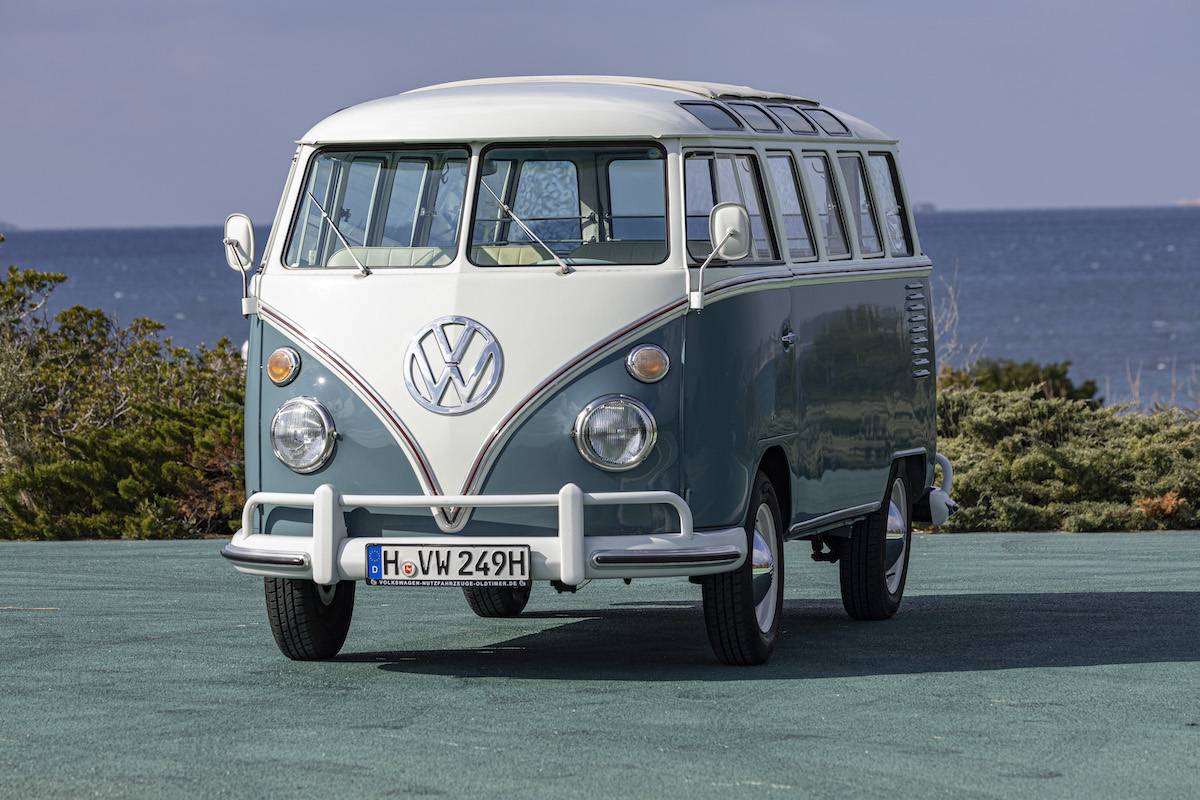
Versions that Australia didn’t see when new have gone on to become some of the world’s most valuable Volkswagens. They included the 21 and 23 Window Microbus, with eight small glass panels set into the roof, and the more luxurious Samba version with improved seating and a roll-back sunroof.
The Type 2 provided a perfect platform upon which to construct a self-contained camper van, with sleeping space for up to four occupants, a sink, cooktop and table. Early conversions were undertaken in Britain by Dormobile and Westfalia in Germany.
Kombi engines were the same 1192cc flat four-cylinder as in the Beetle and produced 36bhp (27kW). Gearing was lowered to compensate for the heavier body and whatever load was being carried, so the top speed was around 90km/h. A four-speed manual transmission was the only choice, with automatic not even an option until the 1970s.
Kombis built after 1963 had Volkswagen’s enlarged 1.5-litre engine with 51kW of power, enabling them to exceed 100km/h. Of course, independent specialists over the years have made various alterations that extract more power from the flat-four engine and larger retrofitted motors can be found in early Kombis.
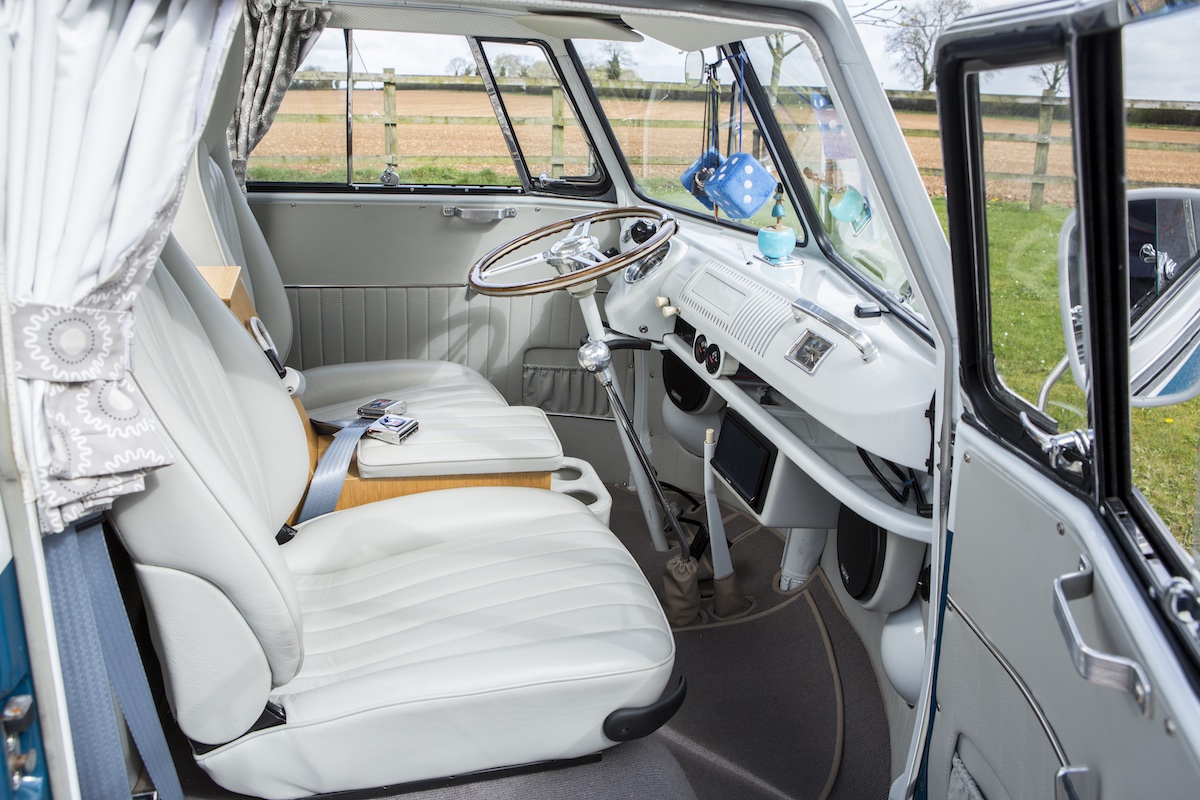
Occupant protection is an issue for owners of older Type 2s. The forward control driving position places the driver and front seat occupants over the front wheels, with no engine, bonnet or forward structure to absorb crash energy, guaranteeing them a very good view of an accident. Later ‘Bay Window’ versions, identified by their larger body and single-piece windscreen, were at least stronger and able to provide greater protection in frontal or side-on collisions.
Fuel consumption will be determined by driving technique and conditions plus weight. A fully laden Microbus being pushed along at 100km/h will chew fuel like a V8, but when driven at 80-90km/h with no load aboard they can deliver a more acceptable 10.0L/100km or less.
Samba versions of the Microbus are rare in Australia and can top $200,000. Least expensive of our pre-1968 Kombis will be delivery vans and single cab Pickups at $35,000 to $65,000. An Australian built Microbus or Dual Cab that has been restored could be worth $70,000 to $90,000.
Although the local market for early Kombis has retreated from its 2020-2022 peak, recent overseas sales including a Microbus at US$231,000 confirm there is still plenty of demand for top examples.
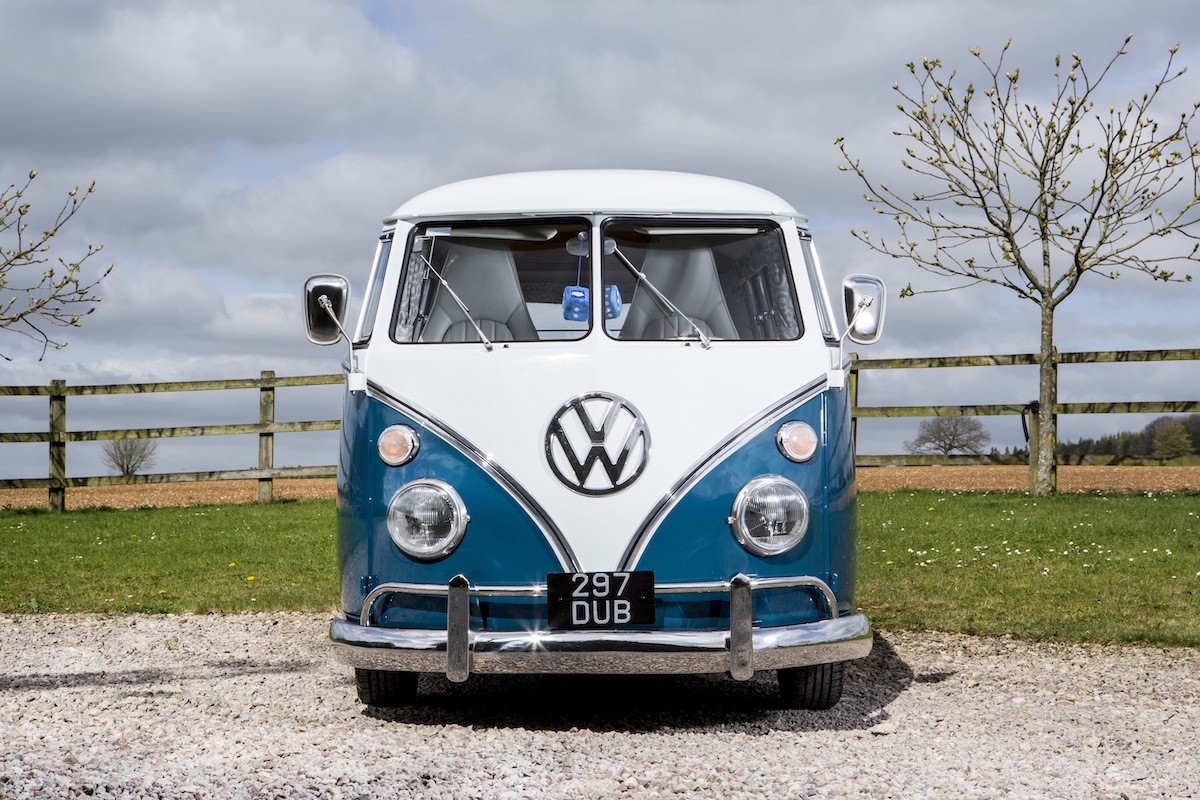
Things To Watch Out For When Buying a Used Volkswagen Kombi Type 2 (1954-67)
- Body rust, especially in the roof, front panel and floors.
- Ensure that the side doors and rear hatch open easily and lock when closed.
- Fuel leaks are a potential fire risk which can be devastating with the fuel tank so close to the engine.
- Oil leaks and crank-end float can be severe and may warrant an engine rebuild.
- The heating system needs to carry warm air a long distance from the engine compartment and is very inefficient.
- A worn steering box will produce significant play at the wheel.
- Worn suspension will cause a Kombi to wander more than normal at highway speeds, especially when encountering crosswinds.
- If an older Kombi is to be driven regularly and especially at night, opt for one that has been updated to 12-volt electrics.
Valuation Timeline: Volkswagen Kombi Type 2 (1954-67)
- 1995: $8000
- 2005: $10,750
- 2010: $35,000
- 2015: $70,000
- 2020: $120,000
- 2025: $105,000 (1955-61 Microbus)
Retro Rides Investment Rating
- 6/10

